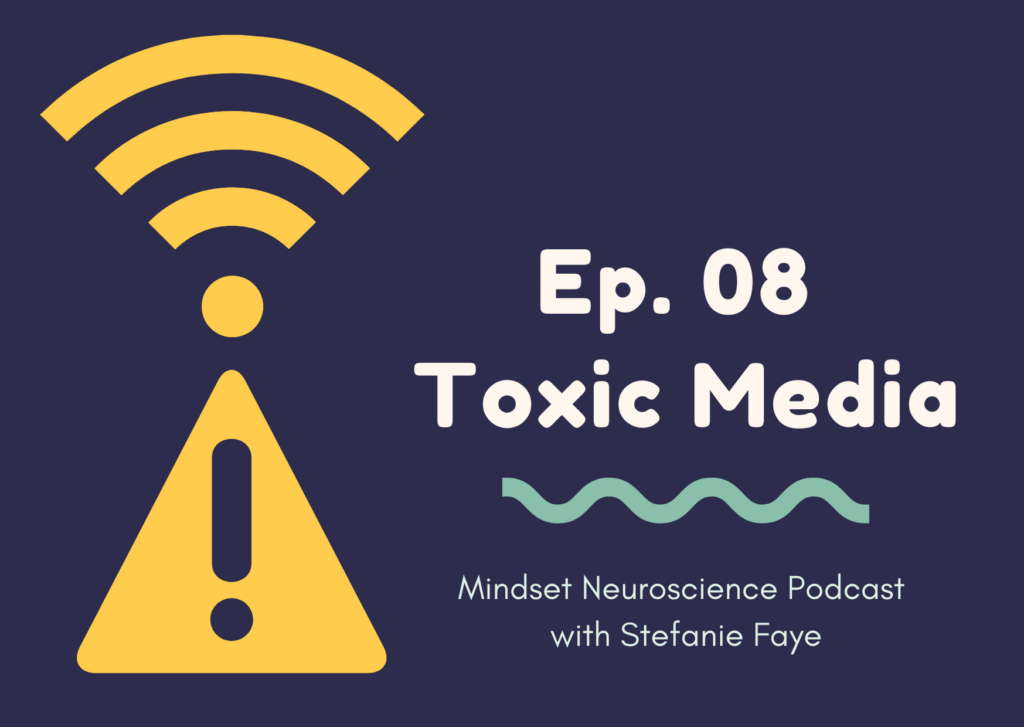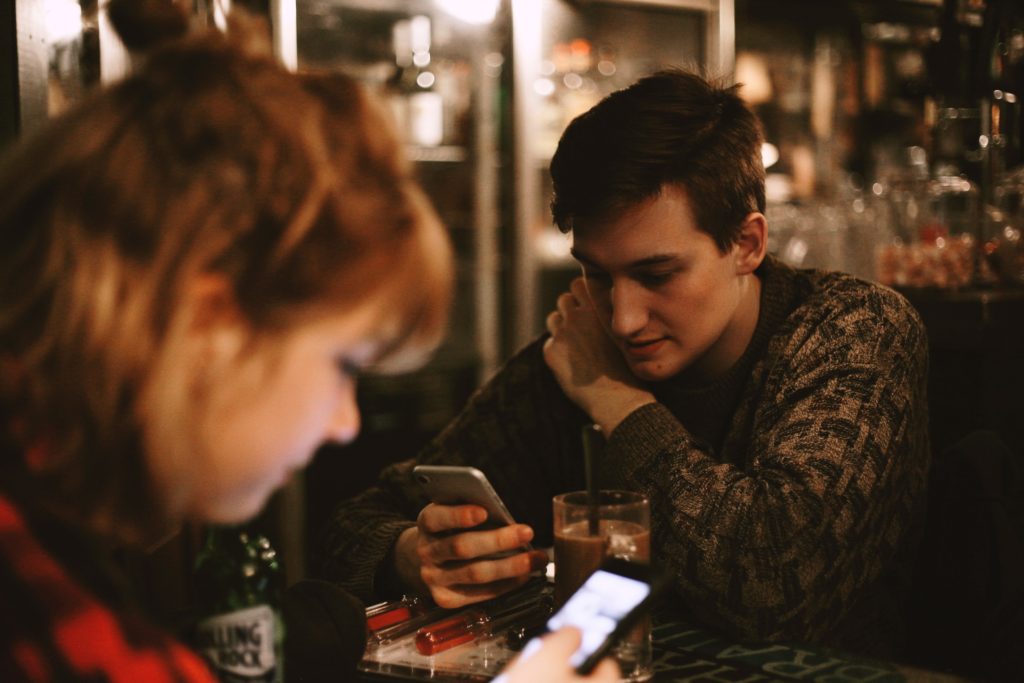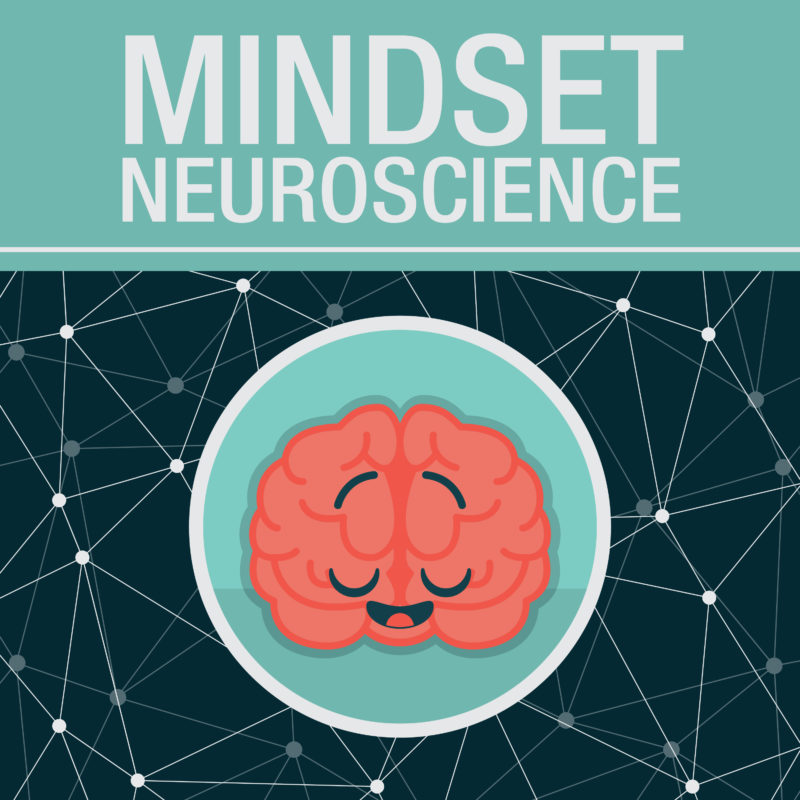Podcast: Play in new window | Download

Have you ever had a misunderstanding over text? Maybe you texted someone and they didn’t reply right away.. or their answer left you feeling rejected or frustrated?
Do you know why you feel the urge to put an exclamation mark or emoji next to your words? (hint: it has to do with how you use your vocal chords/folds in real life)
Why is that having more “friends” on facebook doesn’t actually make us feel more loved?
As mammals, our nervous system is physically wired to connect – in the flesh – with others.
There are tiny, ‘biological movements’ that we detect and project when we’re with someone.
Digital communication simply cannot keep up with how mind-blowingly sophisticated this ‘social connection system’ is – no matter how hard it tries.
In fact… we need these specific ‘hard-wired’ things to feel satiated from an interaction (some of them have to do with what we do with our voice) that we try really hard to put into digital form, but it just doesn’t do the trick.
So the more time we spend trying to socialize on a screen, the more we hunger for something else, and never quite feel ‘full’.
And it’s that very feeling of hunger and emptiness that leads to addiction to technology.
The mechanisms of addiction are so similar to chemical and substance addictions, it’s scary.
And it’s what app makers and social media giants depend on.
They must keep us addicted in order to survive. And they know how the human brain gets wired up for addiction. And they use that knowledge to make sure we stay hungry so that we come back for more.
What does this have to do with learning?
Not using our most evolved biological systems for in-the-flesh connection keeps us in a mild to moderate state of anxiety because it is depriving us of our needed hormones and ‘vagus nerve activity’ that helps us co-regulate (helps our heart’s pacemaker slow our heart rate and allows for blood flow to our digestive organs). Depriving ourselves of this overwhelms our sympathetic nervous system, and causes a variety of negative consequences.
As we’ve seen in previous episodes, the physiological state of ‘safety’ MUST BE there or the brain will not be able to access what it needs to learn.
So it’s more important than ever to understand and be aware of tactics that media and technology companies are using to make people addicted to their products, and how to protect our minds from being hypnotized by toxic media addiction.
#evolveyourbrain
#humanetech
#tristanharris
Topics covered:
– What keeps us in a fear-based state and how media affects our view of the world
– How attempting to create connections through technology keeps us in a state of mobilization and defensiveness
– Tactics used by media & tech companies to keep us addicted to their products and platforms
– Controlling your social media usage
– The attention economy
– How to talk to teens about technology addiction in a way that they’ll actually listen
– Why it’s a positive thing for adolescents to question authority
– Consequences when our autonomic nervous system is constantly overwhelmed by our sympathetic nervous system
– How ‘toxic media’ creates addictive behaviour
Links:
Tristan Harris – Time Well Spent
Nicholas Negroponte – MIT Media Labs
Stephen Porges – Social Engagement System
Steven Pinker – The Media Exaggerates Negative News. This Distortion Has Consequences




This is exactly the ‘loop’ of addiction. We become addicted to things that ‘feel good’ – which is what dopamine does. What social media platforms have been studying is the neurological foundations of addiction, and one of their sources of this is the concept of ‘variable reward’, which is what they use for slot machines and it makes them very addictive. Tristan Harris, the founder of Humane Tech, talks about this in his interviews. The small red notification buttons that tell us somebody ‘noticed’ us online gives us a huge surge of dopamine and other feel good hormones (and the neurotransmitters that are precursors to them). But the social media companies intentionally design their platforms to play with our neuro-chemistry by using variable time delays as to when the red notification comes on. So when we first log in to an app, there is no red notification – this causes us to go into a short version of a withdrawal and stress response: “nobody noticed me”. With deliberately-designed variability, all of a sudden the notification appears and we get a surge of dopamine and circuits lighting up that tell us we haven’t been ignored or rejected. This creates a powerful behavioral loop of needing to get our next ‘hit’ of feel-good chemistry.
HI Stefanie, question for you. Listening to your Toxic Media Pod episode and learning how social media can cause an elevated and persistent state of increased cortisol levels. On the other hand, it also causes an increase in Dopamine. From what I am gathering, the very source that elevates cortisol is also showering us with Dopamine.Does this cause us to get stuck in a behavioral loop? Can you speak to this relationship/interaction between the cortisol and dopamine activation from social media? Love your work!~ Shawn